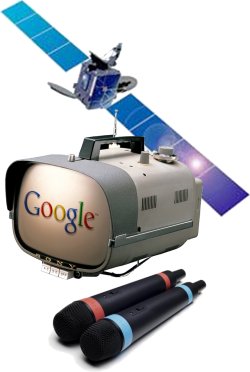Low Power TV (LPTV): Avoiding Potential Interference from Secondary Users in the 700 MHz Band
Full power analog TV stations are required by law to vacate the 700 MHz band no later than February 17, 2009; however, there is no wholesale requirement to clear low power TV stations (LPTV), TV translators, ad hoc auxiliary broadcast operations, or wireless microphones from the band. Under the Federal Communications Commission (FCC) rules, these uses have secondary status to public safety users. Unfortunately there is a potential risk of harmful interference to public safety from these secondary users. An entity with secondary status must resolve the interference it causes to primary users or discontinue operation.
Public safety communications involve safety of life and therefore licensees cannot afford to wait until interference exists but must eliminate the potential for interference before it occurs. Public safety agencies need to notify LPTV and TV translator licensees of any 700 MHz operations they plan to deploy. The notifications would be targeted to LPTV and TV translator stations on conflicting channels within interference range of pending public safety deployments and would advise these licensees of the need to move to an alternative channel.
The National Public Safety Telecommunications Council (NPSTC’s) 700 MHz Advocacy Working Group has been studying this issue and has released an informational paper, with a template letter and additional analysis and resources for addressing the risk of interference from LPTV and other secondary sources in your area. The package, Maximizing Availability of the 700 MHz Band, is available to the right.

News
Documents
LPTV and TV Translator Notification
TV Broadcast Auxiliary Operations
Unlicensed Use
Full View




